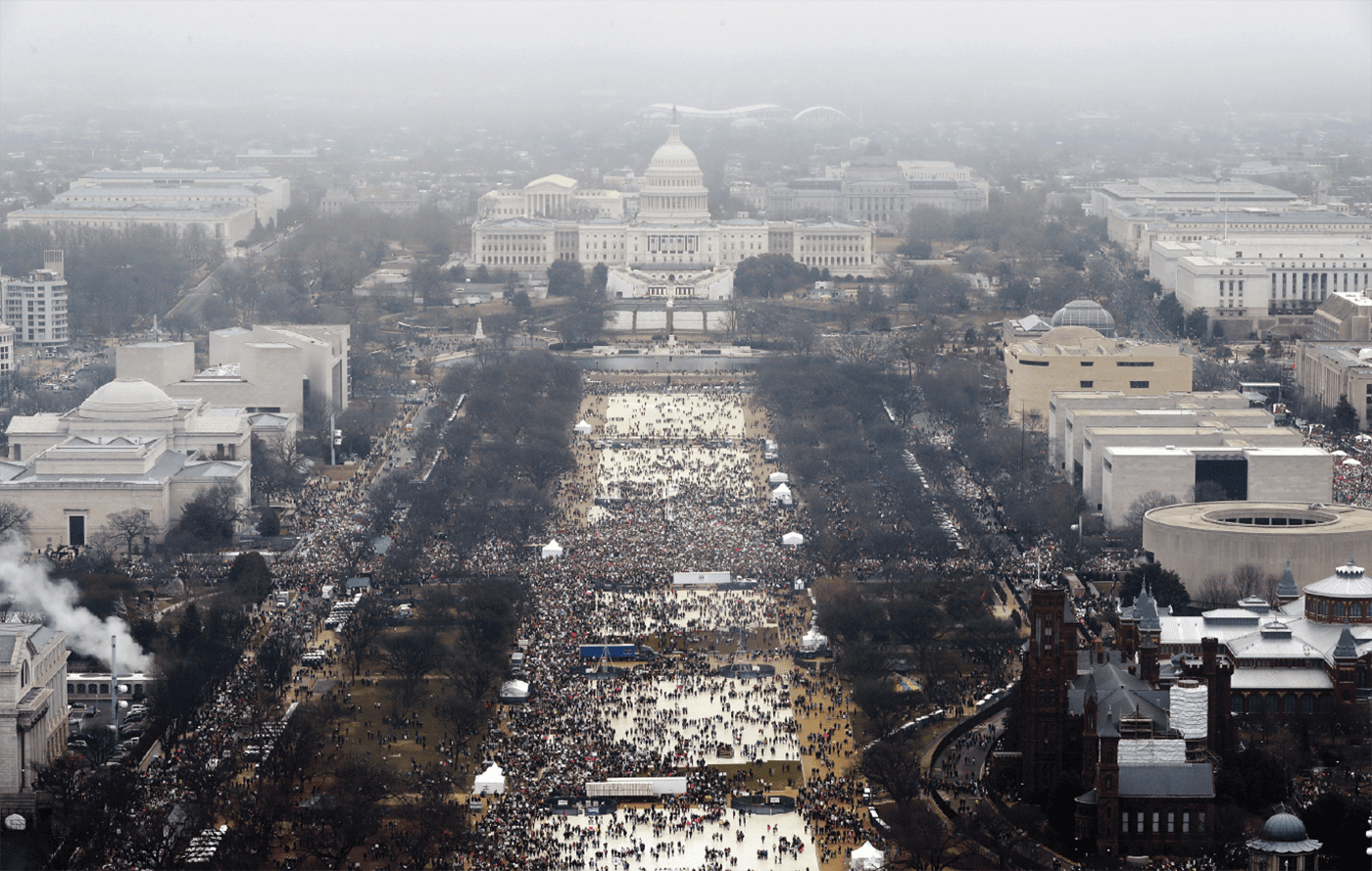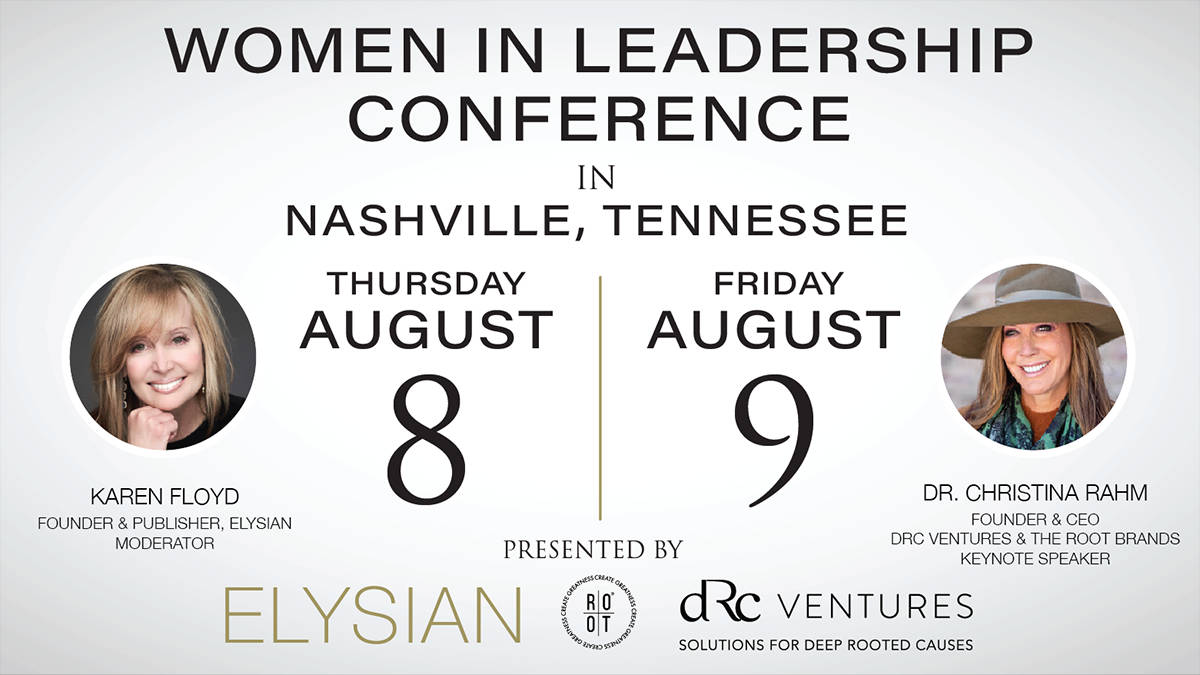A country in transition
By Abby Deering
Photographs by Celina Odeh & Josh Norris
On Saturday, Jan. 21, 2017 more than 1 million people descended upon the National Mall for the Women’s March on Washington D.C.
What started as a simple post-election Facebook post, grew into a world-wide movement, with about 5 million people in attendance at sister marches across the globe.
Marches were held in over 500 U.S. cities and in almost every state — from Antarctica to the U.S. Virgin Islands, from small gatherings in quaint town squares to massive crowds packing major city streets.
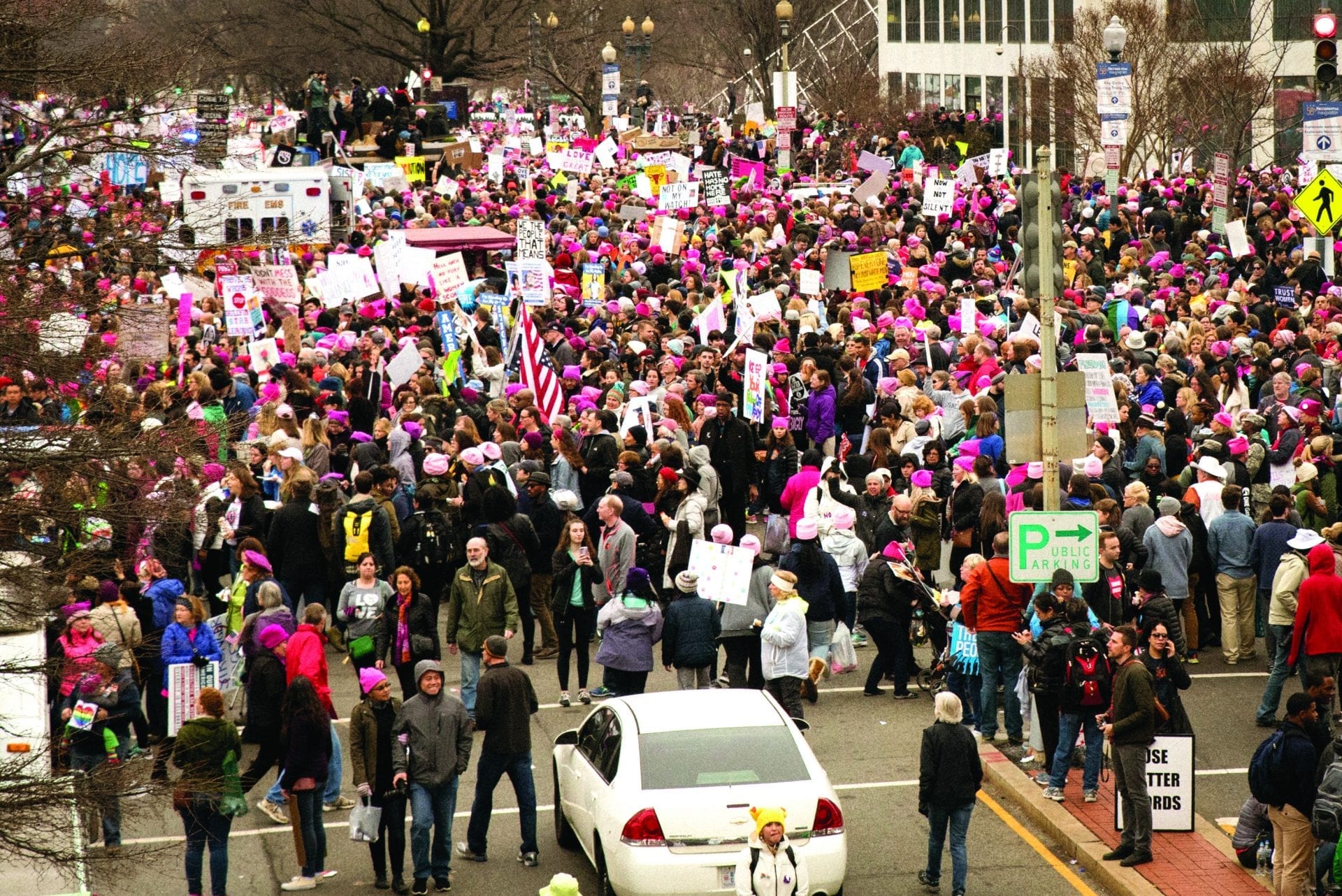
Crowd estimates are still trickling in, but even conservative estimates show this was the single largest day of demonstration in American history. (This is according to data collected by political scientists at the University of Denver and University of Connecticut.)
Over 100 international Women’s Marches took place the same day — in Japan, Kenya, Kosovo, Iraq, Israel, Ghana, Thailand, South Africa, New Zealand, The Netherlands, Argentina, Bulgaria, Austria, Poland, Canada, Denmark, Finland, Greece, Spain, Portugal, Belgium, the Czech Republic — the list goes on.
In D.C., a range of speakers and performers took to the stage, including Sophie Cruz, a 6-year-old immigration activist, feminist icon Gloria Steinem, and celebrities such as Scarlett Johansson, America Ferrera, Ashley Judd and Janelle Monae.
The initial aim of the march was “to send a bold message to our administration on their first day in office, and to the world that women’s rights are human rights” (from the WMW official website), but the movement grew to represent and speak out for the rights of many who have been marginalized.
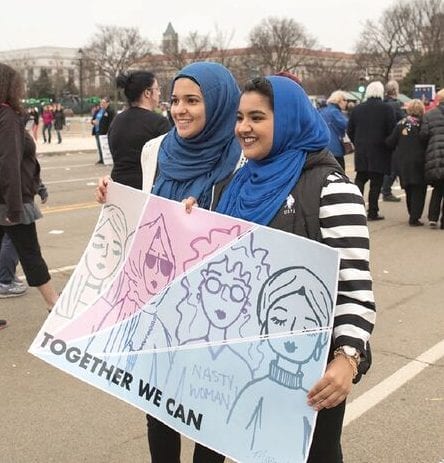
It served as a warning signal to elected officials who are unable or unwilling to seriously address several issues that disproportionately affect women, such as inadequate assistance and legal recourse for victims of rape and sexual assault, undermining access to reproductive health, and workplace discrimination and unequal pay.
Celina Odeh, a photographer from Greenville, S.C., took off work and drove up to D.C. with friends, said she went “because of my commitment to the cause and how it impacts me personally. I wanted to be a part of a movement that highlighted the issues concerning women of color as well as Muslim Americans. Retweeting and reposting awareness isn’t satisfying and only helps so much. Ultimately I wanted to contribute to the movement anyway I could, which was by voice and by camera.”
The atmosphere was not one of anger, but of determined resolve. People were singing and chanting: “This is what democracy looks like.” A sea of pink hats became one of the most emblematic visuals of the day.
People held up signs that, in a tongue-in-cheek manner, took a lot of the divisive and derogatory language of the campaign and turned it on its head, transforming it into messages of empowerment instead.
“It was uplifting. There was a tremendous sense of unity and camaraderie,” said Jane Van Dyke, who flew in from Boston to take part in the event.
“The area where the rally took place was overflowing with people. But what made it bearable and less anxiety-inducing is that it was packed with the kindest of people. No one fought. All were polite and patient,” Odeh said.
Attendees cut across race, gender, class and age, unified in their collective protest against sexism, racism and xenophobia. Odeh was surprised at the number of elderly present and remarked that even more surprising “was their happiness at the younger generation’s eagerness to participate in something like this. We were all very much appreciative of each other. I think it’s easy to forget that the older generation has been protesting way longer than we have. I’m thankful for them.”
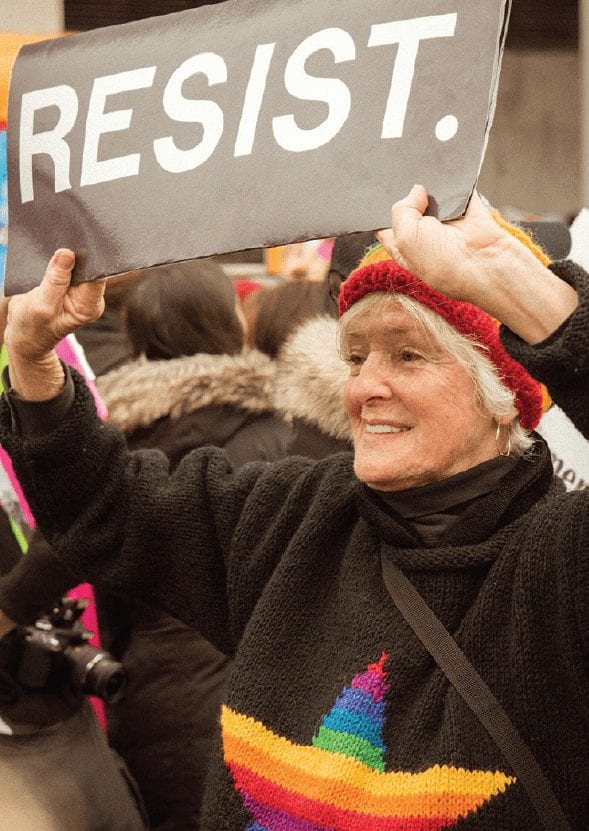 Like Van Dyke and Odeh, many people traveled to D.C. for the event from all over. Some flew, while others packed into cars for a road trip.
Like Van Dyke and Odeh, many people traveled to D.C. for the event from all over. Some flew, while others packed into cars for a road trip.
“Driving down was a wild experience because every car you looked in, people were wearing pink hats,” said Cara Alpert, who made the journey from Brooklyn, N.Y. with friends. “The gas stations were all backed up with women, and we all acknowledged everyone’s presence.
“Someone was getting something from their trunk, whipped out their sign, and people started cheering. Overall, it was an awesome experience just because so many people care.”
While there was a great deal of levity throughout the day, it was not treated as a “protest-cation,” according to Odeh. “Everywhere I went the conversation was around what just happened, how we can turn it around for the better and what needs to be done from this point on.”
The hope is that this groundswell of support for women’s rights, and other important causes, will lead to sustained activism and effect real political change. Work has already begun to makes this happen. Organizers have started a campaign “10 Actions for the first 100 Days” and sent the following message: “It doesn’t end here — now is not the time to hang up our marching shoes — it’s time to get our friends, family and community together and make history.” E

